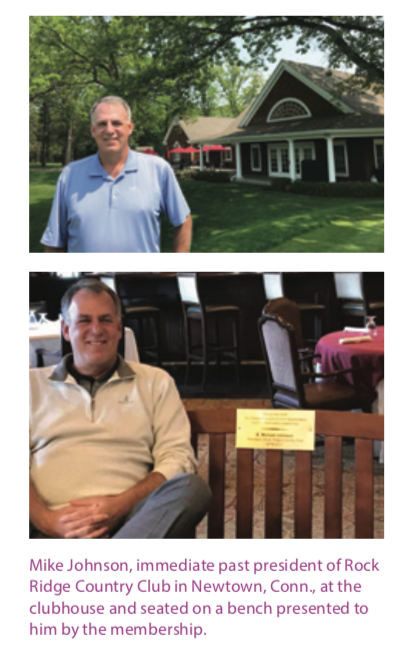 It has often been said that private country clubs are run like nobody’s business because it’s nobody’s business—a reference to the fact that most club boards are made up solely of volunteers who spend a couple of hours each week checking in on their respective departments. Unfortunately, unless your club has a rock star general manager overseeing the joint, that’s a recipe for anything from small things falling through the cracks to gross oversights that greatly hamper the operation and financial health of your club.
It has often been said that private country clubs are run like nobody’s business because it’s nobody’s business—a reference to the fact that most club boards are made up solely of volunteers who spend a couple of hours each week checking in on their respective departments. Unfortunately, unless your club has a rock star general manager overseeing the joint, that’s a recipe for anything from small things falling through the cracks to gross oversights that greatly hamper the operation and financial health of your club.
Having recently completed a four-year stint as club president at Rock Ridge Country Club in Newtown, Conn., I have a great appreciation for all who volunteer their time as club presidents or committee chairs. I also feel perhaps I learned a few things that might help others in similar positions.
As background, Rock Ridge is a nine-hole private club with tennis, pool and nice clubhouse. Six months into the role of club president it was evident something wasn’t right. We had about 175 families, more than enough to sustain a club of that size. But we were assessing members and using insurance proceeds from storms to get by. Hoping for a natural disaster isn’t exactly a solid business plan.

 So what to do? First you enlist help. For me, that meant finding a treasurer who had the chops to dig deep into the club’s finances. I’ve found many treasurers at clubs are people in financial services. No offense, but give me a tax lawyer or forensic accountant every time. Able to convince such a person to take the role, we got to work.
So what to do? First you enlist help. For me, that meant finding a treasurer who had the chops to dig deep into the club’s finances. I’ve found many treasurers at clubs are people in financial services. No offense, but give me a tax lawyer or forensic accountant every time. Able to convince such a person to take the role, we got to work.
The old-saw saying about needing to identify the problem before solving it is so true. After several months of digging (to the point where our treasurer would show up with a hand truck of boxes of financial reports), we had some direction. Asset allocation was a huge problem as we were disproportionately investing in the golf staff and not investing nearly enough in the kitchen—an area that was becoming a point of member dissatisfaction. We had agreements with vendors that had not been revisited in years. Again, if no one is minding the store, these things happen. Our membership programs were stuck in the 1980s mode of trying to attract members via print ads and open houses. We also had a relationship with a long-time golf pro that we believed had run its course.
Once the problems were identified, it was easier to plot a course of action. Primary was the decision to part ways with the pro, which was something akin to ripping off the band-aid. The move angered a number of members, many who resigned. But three years later, we now see it was clearly the right call. That freed us up to re-allocate assets as our new pro’s comp package was more in line with what a club our size should be paying for that position. We invested in the kitchen and restaurant, to the satisfaction of membership. We revisited a number of our vendors and came to new arrangements. We did things such as switch to LED lighting, which brought our electricity bill down substantially. We found a member willing to be all-in as membership chair and completely revamped how we approached marketing the club. We started catering more to families and their children, critical in today’s club environment. We became more aware of what our competition was doing. In short, we started running the club like a business because we made it our business.
Today, member satisfaction is perhaps the highest it has been in my 12-plus years as a member. The club’s finances are at a point where we can break even at approximately 150 families as opposed to having trouble making it work at 175. We’re investing in the golf course and continue to make further investments in areas we identify. The role of any club president or board member is to leave the club in better shape when we leave the board than when we start serving on it. I take great satisfaction our board has done just that.


